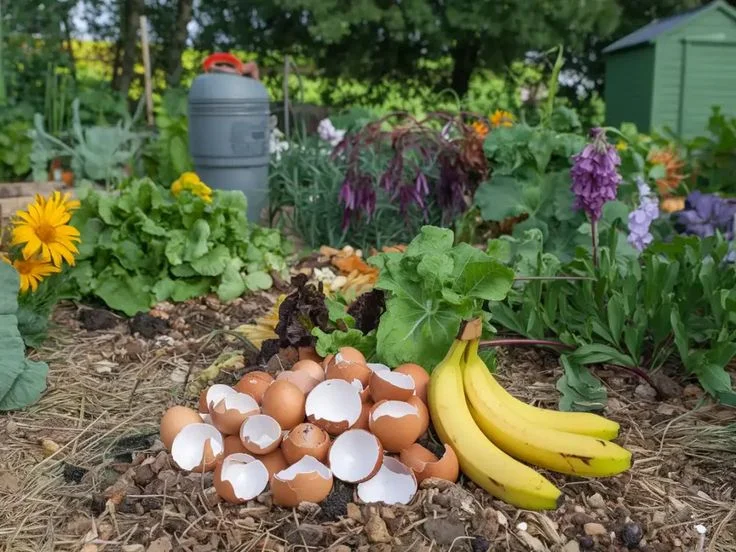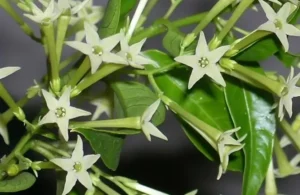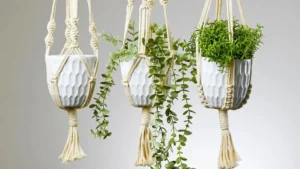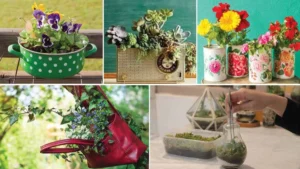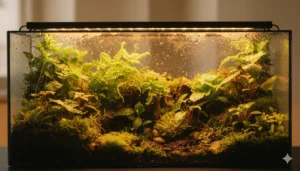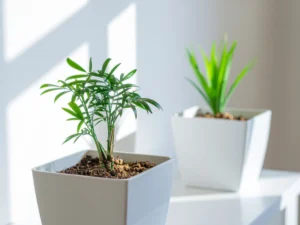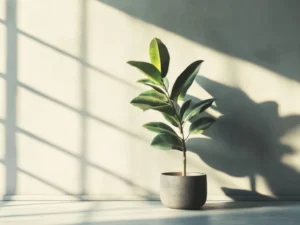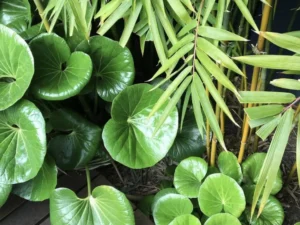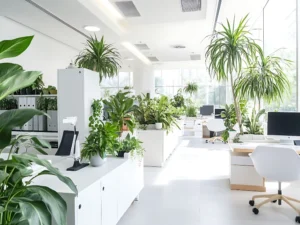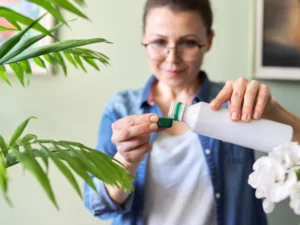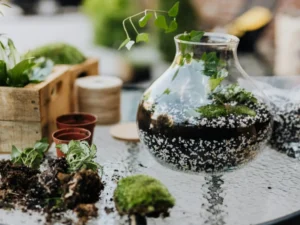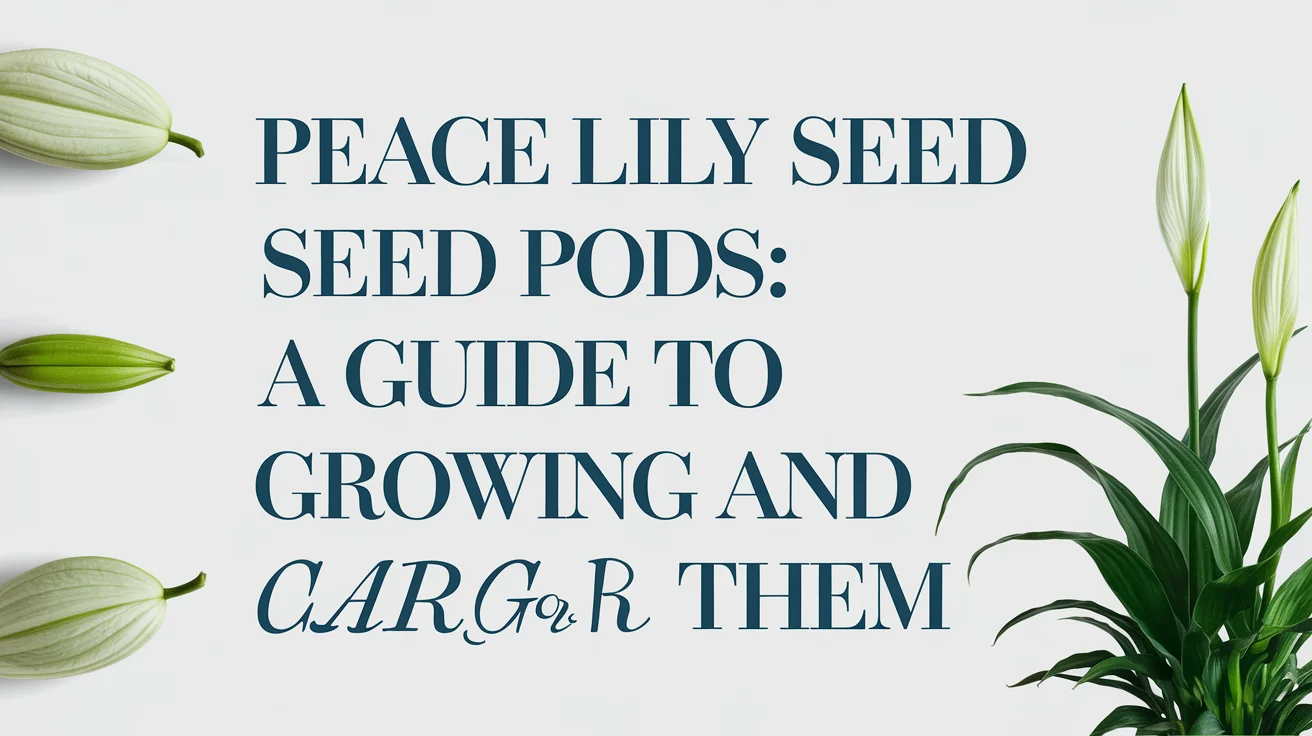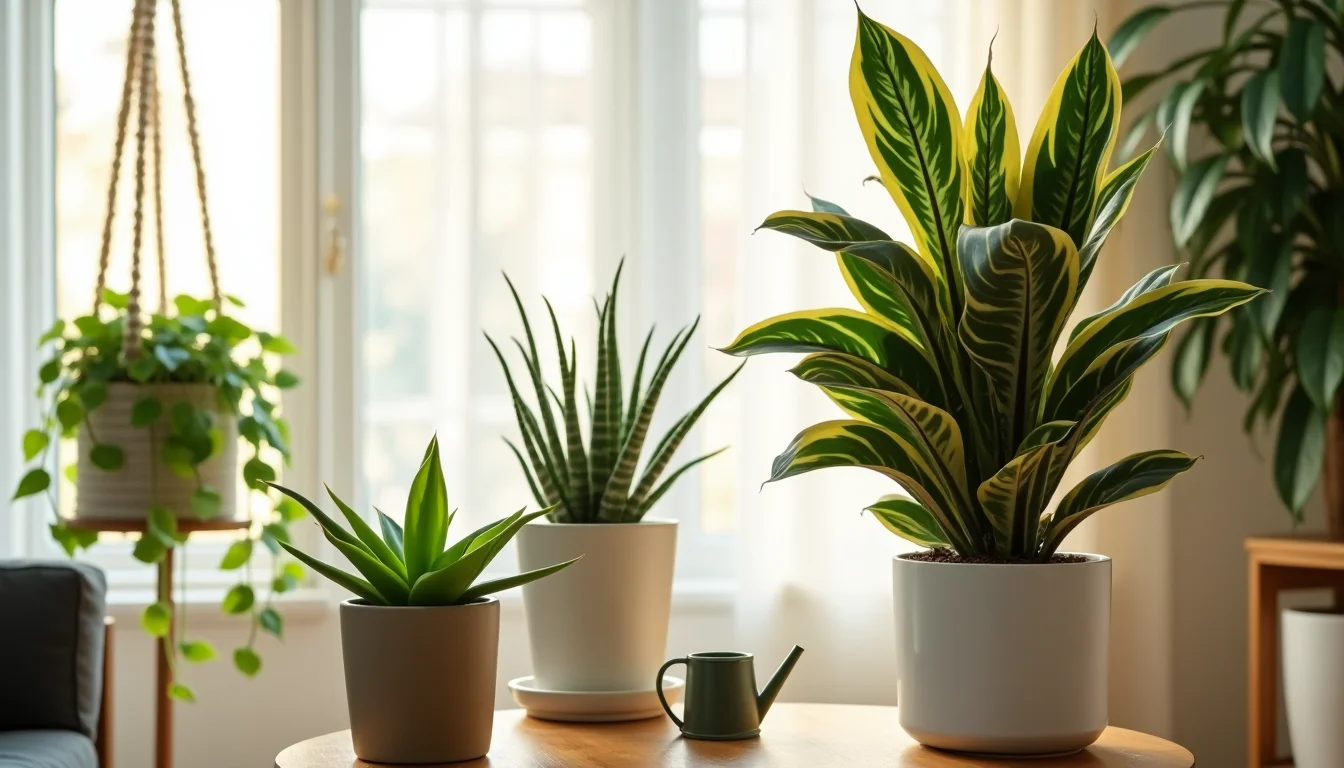When it comes to plant care, the debate between fertilizer vs plant food often confuses gardeners. Both are essential for plant health, but they serve different purposes. Understanding the key differences can transform your garden from average to flourishing.
In this article, we’ll explore everything you need to know from what fertilizer and plant food actually are, to how they work, and when to use them. Let’s dig in!
What Is Fertilizer?
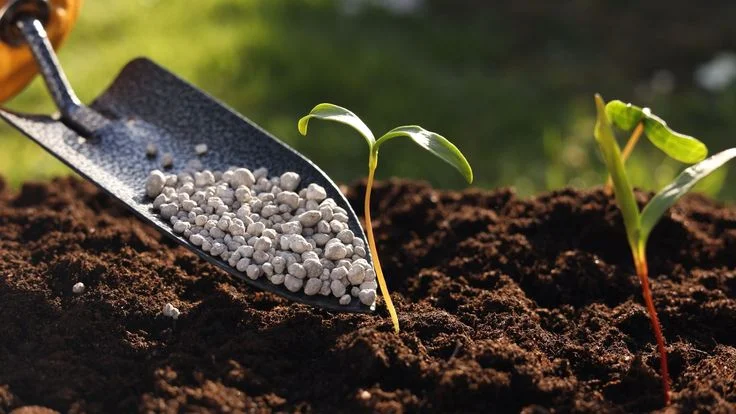
Fertilizer is a man-made or natural substance that provides essential nutrients directly to the soil. These nutrients are crucial for plant growth, especially when the soil lacks them.
The three primary nutrients found in fertilizers are Nitrogen (N), Phosphorus (P), and Potassium (K) commonly referred to as NPK. Nitrogen helps with leaf growth, phosphorus supports root development, and potassium strengthens the plant’s immune system.
Additionally, fertilizers often contain micronutrients like calcium, magnesium, and sulfur, ensuring plants get a complete nutrient boost.
In short: Fertilizers act as direct nutrient supplements for plants, ensuring they grow strong and healthy even in nutrient-poor soil.
What Is Plant Food?
Plant food, on the other hand, is the natural nourishment plants create for themselves through photosynthesis. When plants absorb sunlight, water, and carbon dioxide, they produce sugars and energy to sustain growth.
However, when we talk about commercial plant food, it often refers to organic mixtures or supplements that enhance the plant’s ability to produce and absorb nutrients naturally.
These may include compost, organic matter, and microbial blends that improve soil structure and stimulate beneficial bacteria. As a result, plant food indirectly supports healthier growth by improving the soil ecosystem.
Fertilizer vs Plant Food: Key Differences
While both fertilizer and plant food help plants thrive, their functions are distinct. Let’s compare them side by side for better clarity.
| Aspect | Fertilizer | Plant Food |
|---|---|---|
| Purpose | Supplies nutrients directly to plants | Improves soil and supports plant’s natural nutrition |
| Origin | Synthetic or inorganic | Organic or natural |
| Nutrients | NPK + micronutrients | Compost, humus, organic minerals |
| Effect | Immediate nutrient boost | Long-term soil improvement |
| Application | Added periodically | Can be ongoing (via composting) |
| Example | Chemical fertilizer mix | Compost tea, worm castings, bone meal |
This simple breakdown highlights that fertilizer is fast-acting, while plant food is slow and sustainable.
When Should You Use Fertilizer?
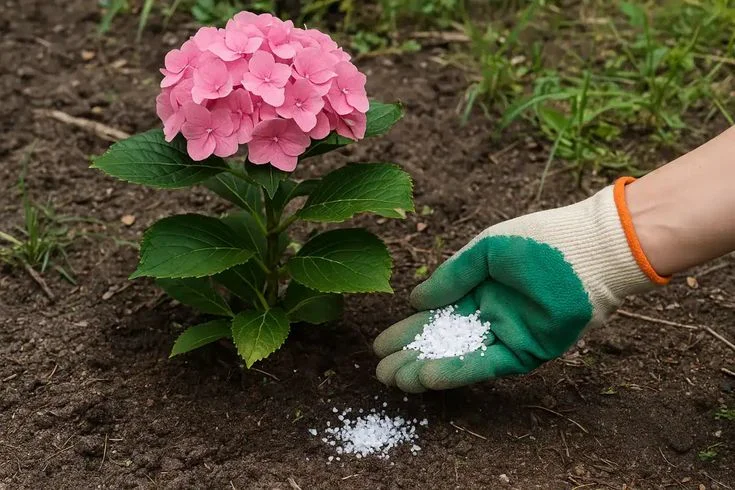
Fertilizers are ideal when your plants show signs of nutrient deficiency, such as yellowing leaves, stunted growth, or poor flowering.
Because fertilizers deliver nutrients directly, they can quickly revive struggling plants. However, overuse may lead to nutrient burn, harming roots and soil quality.
Tip: Always follow the recommended dosage and avoid fertilizing during extreme heat or drought.
When Should You Use Plant Food?
Plant food is perfect for gardeners who prioritize long-term soil health. It enriches the soil with organic matter, encouraging beneficial microbes that naturally feed your plants. Moreover, if you ever notice issues like peace lily yellow leaves, it may be a sign of nutrient imbalance or overwatering — something proper organic plant food can help prevent.
By using compost, mulch, or organic plant food regularly, you build a self-sustaining garden ecosystem that requires fewer chemical interventions. This makes plant food ideal for organic gardening and those seeking an eco-friendly alternative.
Fertilizer vs Plant Food: Which One Is Better?
The answer depends on your garden’s needs.
-
If you want quick results, especially for vegetables, flowers, or lawns, fertilizer is the go-to solution.
-
If you’re building a long-term sustainable garden, plant food offers better results by improving soil fertility and structure.
Ultimately, a combination of both works best use fertilizer for immediate nourishment and plant food for lasting soil health.
Types of Fertilizers
-
Chemical Fertilizers – These are synthetic and provide instant results. Examples include urea, ammonium sulfate, and NPK blends.
-
Organic Fertilizers – Derived from natural materials like manure, bone meal, or compost, they release nutrients slowly and improve soil quality.
-
Liquid Fertilizers – Quick-absorbing and ideal for indoor plants or foliar feeding.
Transitioning between these fertilizer types can help balance short-term and long-term plant needs.
Types of Plant Food
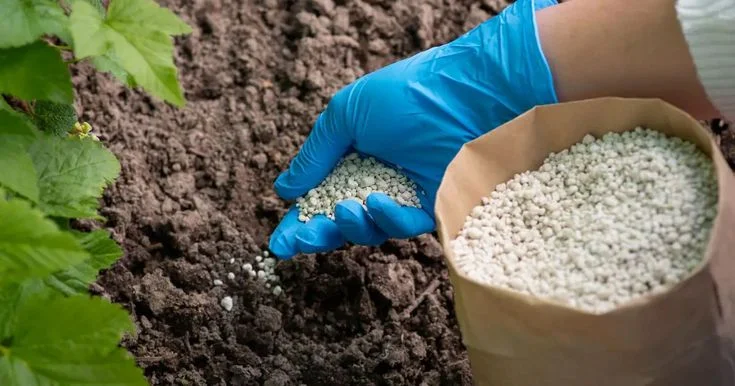
-
Compost – Rich in organic matter and microorganisms that feed the soil.
-
Worm Castings – Boost soil nutrients and improve water retention.
-
Fish Emulsion – A liquid organic option providing mild nutrients.
-
Compost Tea – A nutrient-rich liquid made from steeped compost, enhancing microbial activity.
Each plant food type serves a unique purpose, promoting natural growth and resilience.
How to Apply Fertilizer and Plant Food Effectively
1. Test Your Soil
Before applying anything, test your soil’s pH and nutrient levels. This helps determine what your plants actually need.
2. Follow a Schedule
For fertilizers, apply every 4–6 weeks during the growing season. For plant food, incorporate it into your regular watering or composting routine.
3. Avoid Overuse
More isn’t always better. Excess fertilizer can damage roots and pollute groundwater, while too much organic matter can suffocate roots.
4. Use Transition Techniques
Switch between fertilizer and plant food throughout the growing season. This maintains balance between quick nutrition and sustainable soil health.
Benefits of Combining Fertilizer and Plant Food
Using both together creates a synergistic effect:
-
Fertilizer provides immediate nutrients.
-
Plant food improves soil life for continuous nourishment.
-
The result? Stronger, greener, and more resilient plants.
Transitioning gradually between the two also helps prevent nutrient shock and supports consistent growth cycles.
Common Mistakes to Avoid
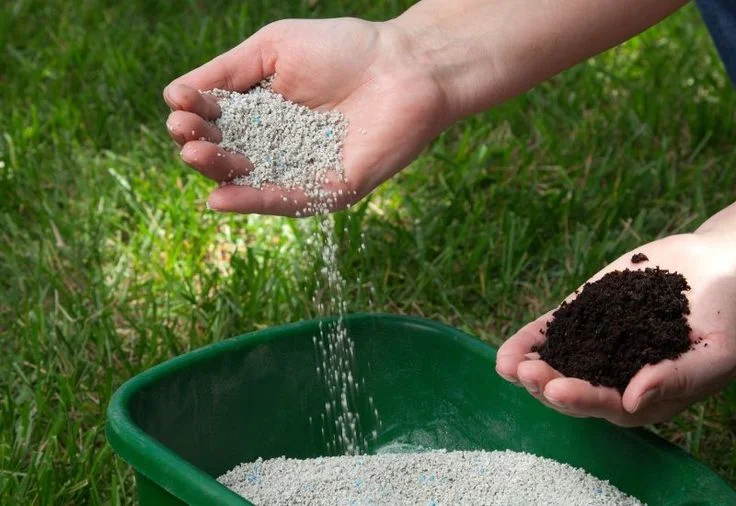
-
Over-fertilizing leads to salt buildup and root burn.
-
Ignoring soil quality reduces the effectiveness of both fertilizer and plant food.
-
Using the wrong type of fertilizer can disrupt pH levels.
Always balance quantity, timing, and plant needs for the best outcome.
FAQs
1. Can I use fertilizer and plant food together?
Yes, you can. Just ensure you alternate applications and avoid overfeeding your plants.
2. Is compost considered plant food?
Absolutely! Compost is one of the best natural plant foods, rich in nutrients and beneficial microbes.
3. What happens if I use too much fertilizer?
Over-fertilization can cause root burn, leaf discoloration, and soil imbalance. Always stick to recommended doses.
4. Do indoor plants need fertilizer or plant food?
Indoor plants benefit from both. Use mild liquid fertilizer occasionally and organic plant food for long-term soil health.
5. Which is more eco-friendly: fertilizer or plant food?
Plant food is more eco-friendly since it supports sustainable soil health and reduces chemical runoff.
Conclusion
In the debate of fertilizer vs plant food, there’s no single winner. Fertilizer delivers quick nutrition, while plant food builds lasting soil vitality. For the healthiest plants, combine both methods strategically. Feed your plants the nutrients they crave today, and nurture your soil for tomorrow’s growth.
When you strike the perfect balance between fertilizer and plant food, your garden will thank you with vibrant colors, lush leaves, and unstoppable growth. To learn more about choosing the right type and application methods, check out this detailed guide on ixora plant fertilizer it explains how to optimize feeding schedules and boost plant health effectively.

